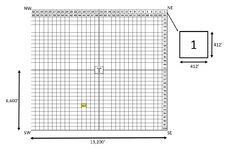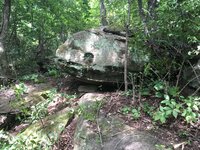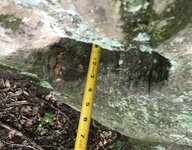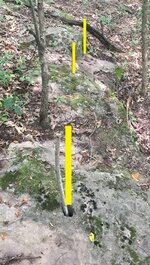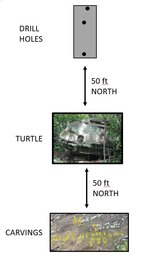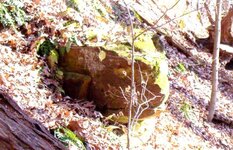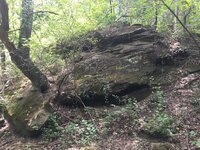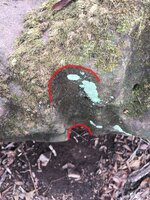Dsty, I am finishing my last class in three weeks. When fall arrives we might need to plan a texas road trip. I will be in touch.
Loot, I would chalk it all, sometimes even the way they wrote a name is significant.
Loot, I would chalk it all, sometimes even the way they wrote a name is significant.


